The Science Behind Magnetic Cores
Magnetic cores amplify and guide magnetic fields within a circuit. When a current flows through a coil of wire wound around a magnetic core, it generates a magnetic field. The core enhances this field, reducing energy loss and improving efficiency.
The performance of a magnetic core depends on its material. The ideal material should have high magnetic permeability (to easily channel the magnetic field) and low hysteresis loss (to minimize energy wasted during magnetization and demagnetization cycles).
Materials Used in Magnetic Cores
Soft Ferrite
Ferrite is lightweight and inexpensive, making it popular in high-frequency applications like power supplies and RF transformers.
Silicon Steel
Commonly used in transformers, silicon steel has excellent magnetic properties and is laminated to reduce eddy current losses.
Amorphous Metals
These are cutting-edge materials offering superior efficiency and low energy losses, particularly in high-frequency transformers and renewable energy systems.
Powdered Iron
Used in compact devices, powdered iron cores are efficient in low-frequency applications and resist magnetic saturation.
Key Technologies Using Magnetic Cores
Power Transformers
Transformers are critical for transmitting electrical power over long distances. Magnetic cores ensure that the energy transfer between primary and secondary coils is efficient, minimizing losses.

Communication Devices
In telecommunications, ferrite cores are used in signal transformers and chokes to filter high-frequency noise and improve signal clarity.
Electric Vehicles (EVs)
The growth of EVs relies on high-performance inductors and transformers with advanced magnetic cores. These cores optimize battery charging and power management.
Smart Grids
Magnetic cores are vital in the development of smart grids, ensuring efficient energy distribution and storage, which are key for integrating renewable energy sources.
Future Trends in Magnetic Core Technology
With advancements in renewable energy and electric transportation, the demand for innovative magnetic core materials is on the rise. Researchers are exploring nanocrystalline and amorphous materials to achieve better efficiency and reduce costs. Additionally, there’s a push toward creating environmentally friendly cores with recyclable and sustainable materials.
The miniaturization of electronics also drives the need for compact yet powerful cores, ensuring that devices like smartphones and laptops remain energy efficient without sacrificing performance.

 English
English 中文简体
中文简体 Deutsch
Deutsch 日本語
日本語
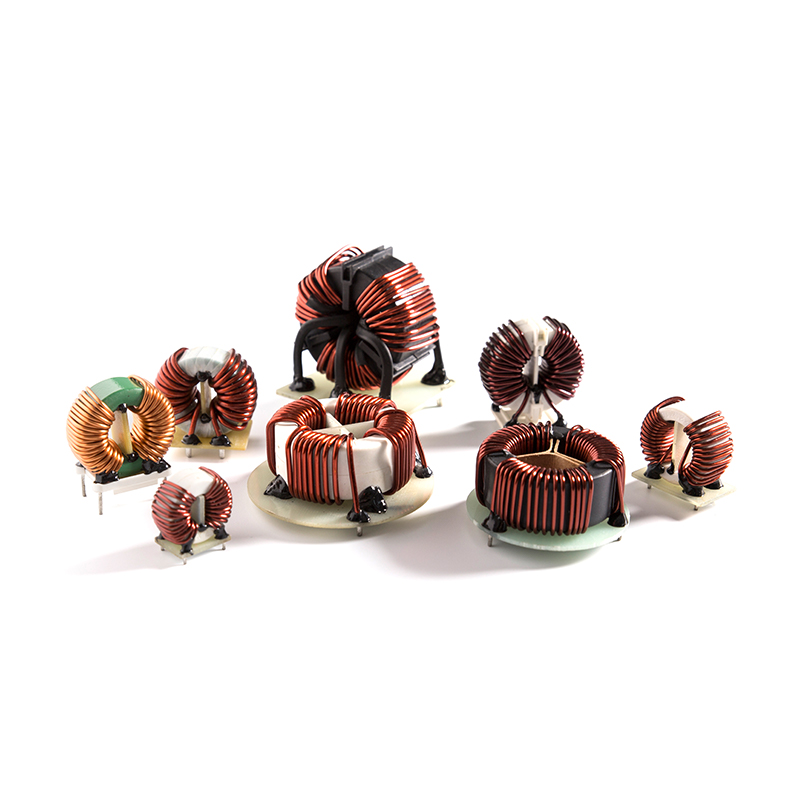
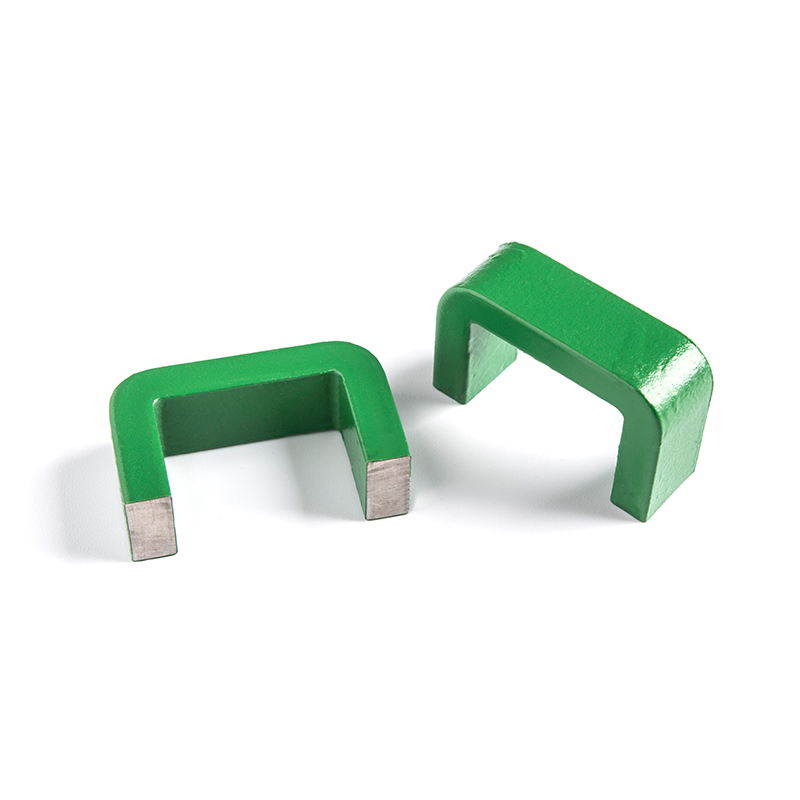 Mehr anzeigen >>
Mehr anzeigen >>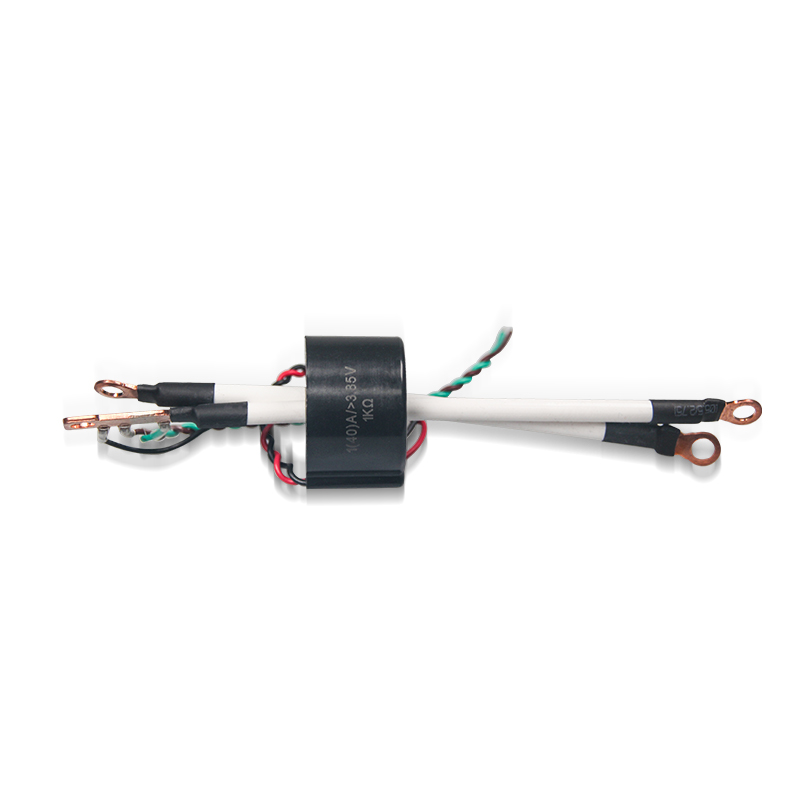 Mehr anzeigen >>
Mehr anzeigen >>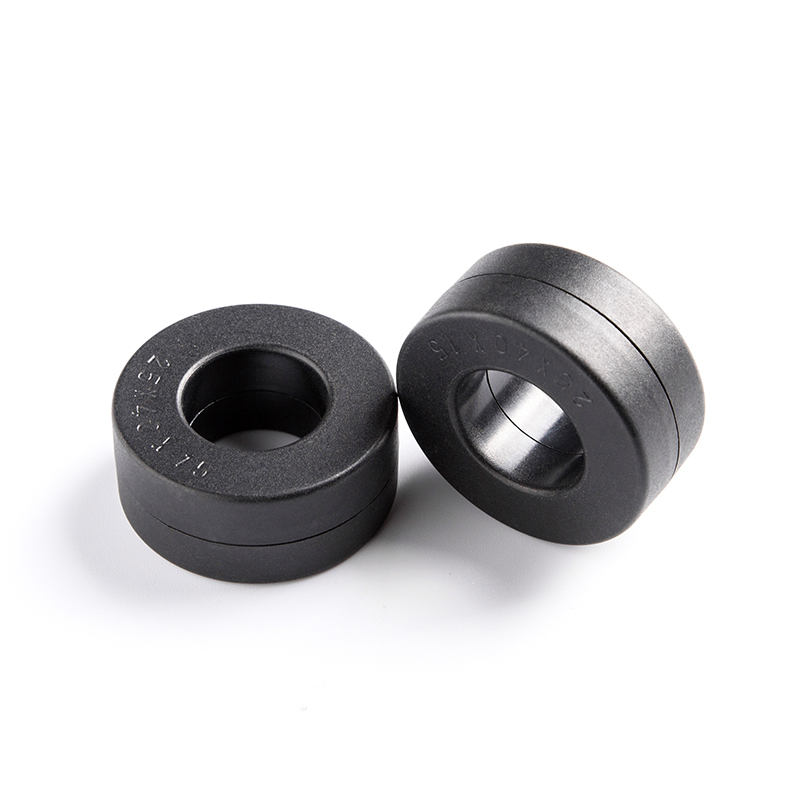 Mehr anzeigen >>
Mehr anzeigen >>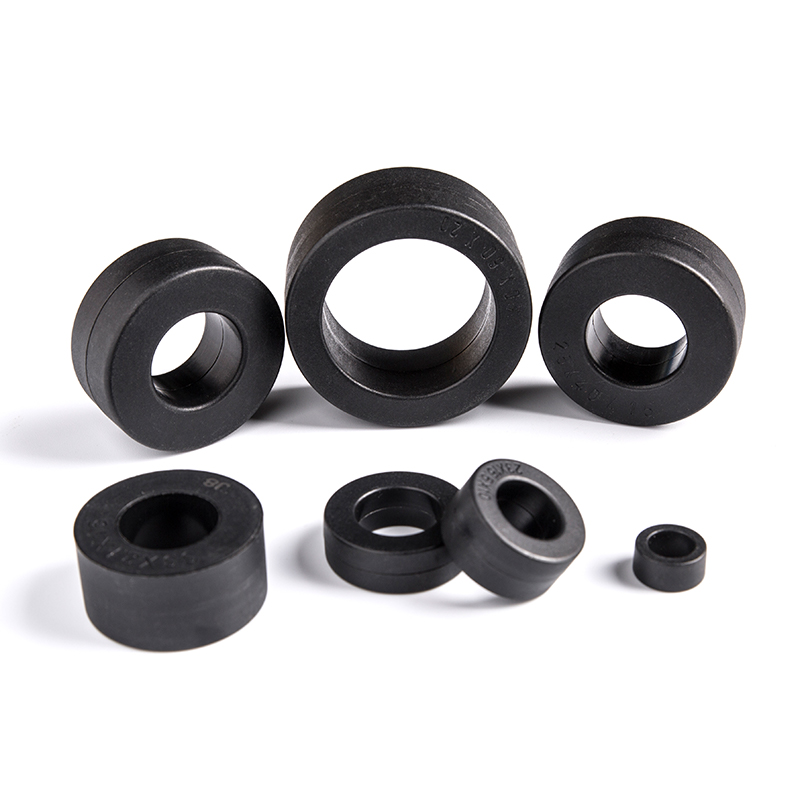 Mehr anzeigen >>
Mehr anzeigen >> Mehr anzeigen >>
Mehr anzeigen >>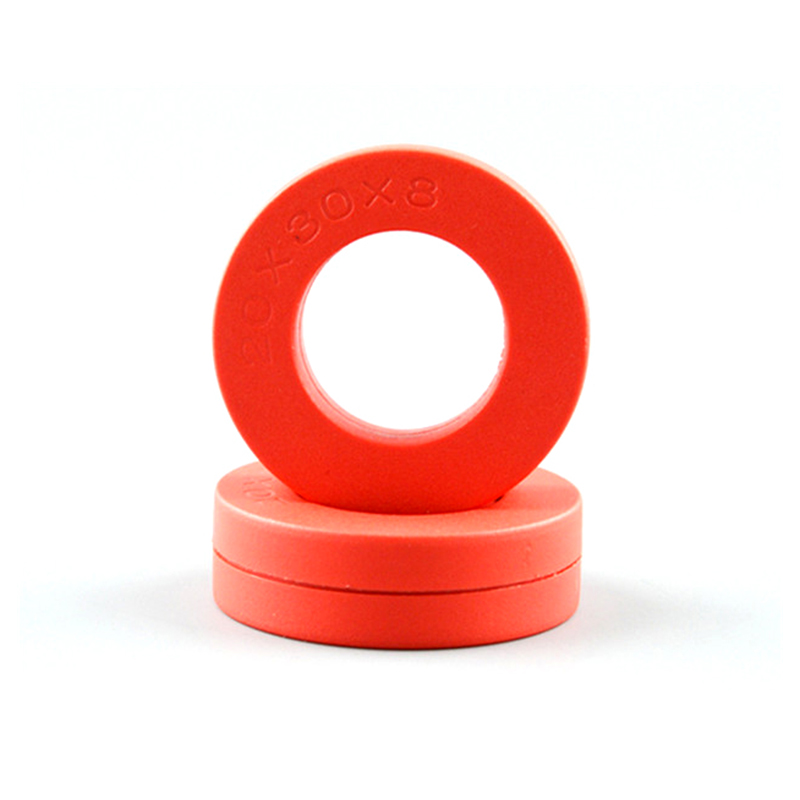 Mehr anzeigen >>
Mehr anzeigen >>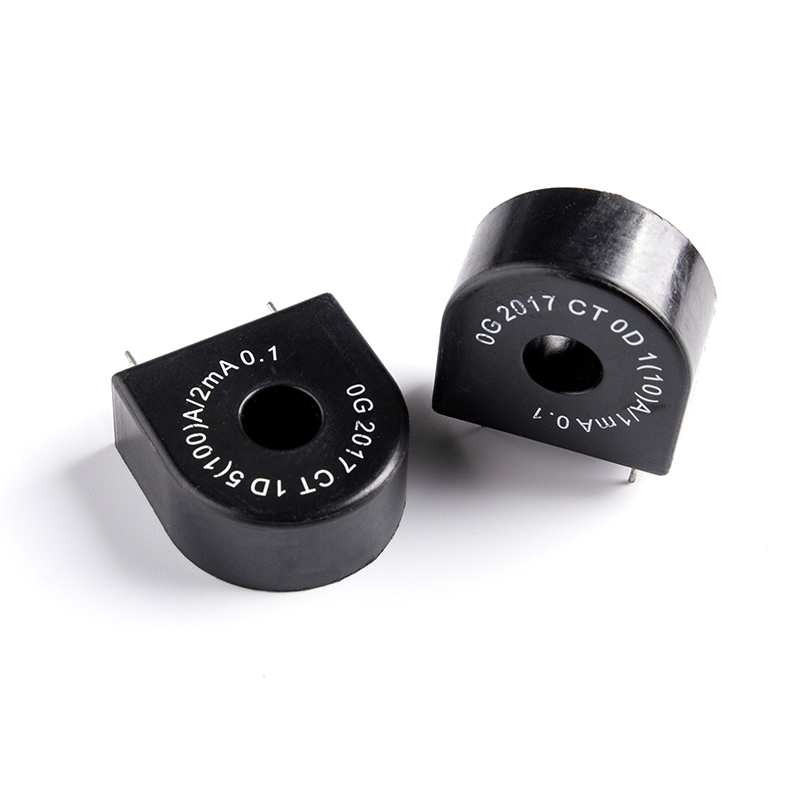 Mehr anzeigen >>
Mehr anzeigen >>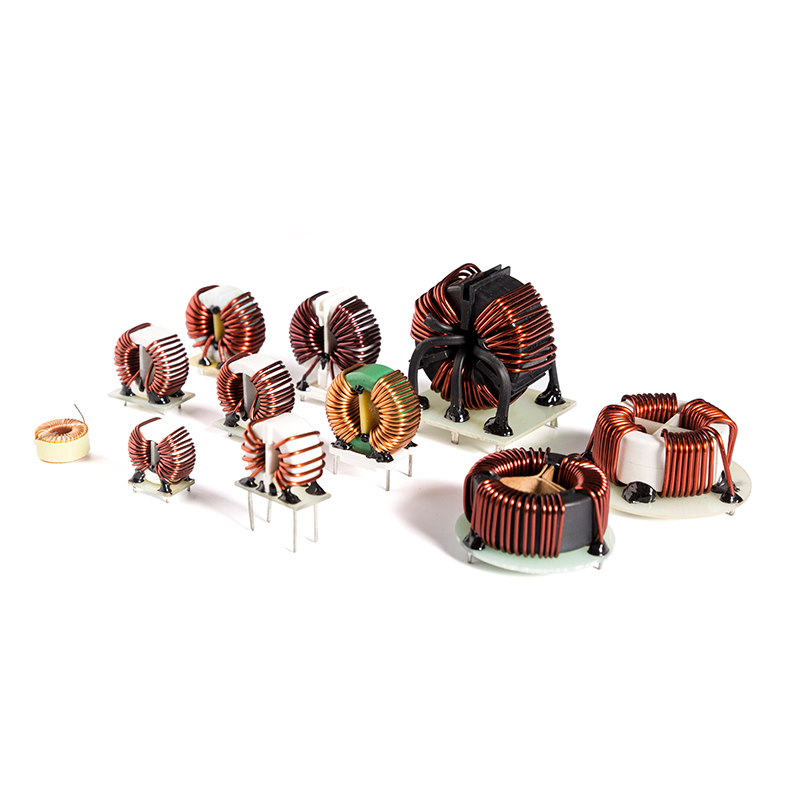 Mehr anzeigen >>
Mehr anzeigen >>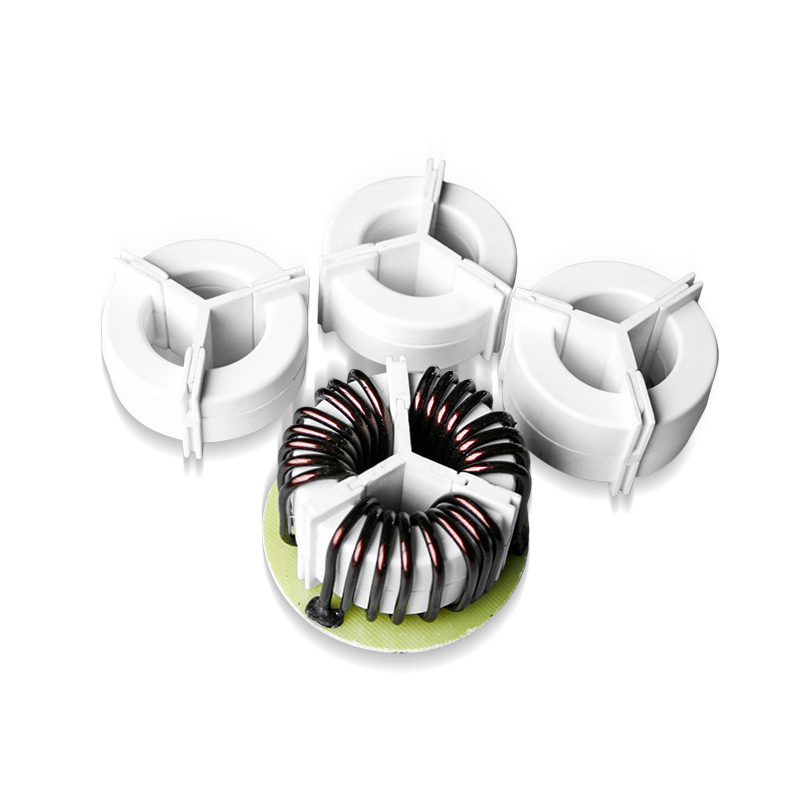 Mehr anzeigen >>
Mehr anzeigen >> Mehr anzeigen >>
Mehr anzeigen >> Mehr anzeigen >>
Mehr anzeigen >>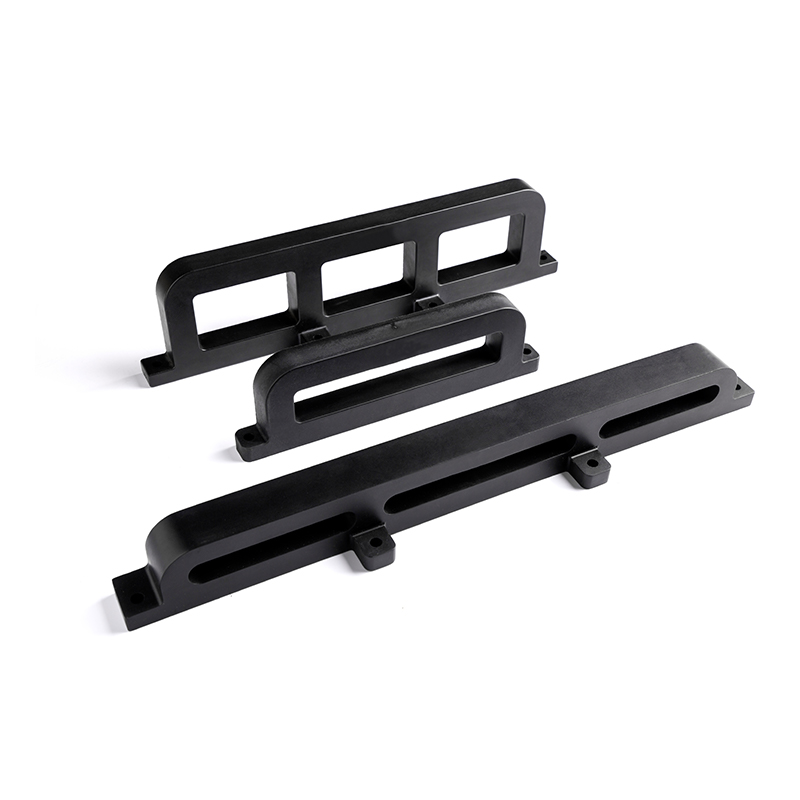 Mehr anzeigen >>
Mehr anzeigen >>